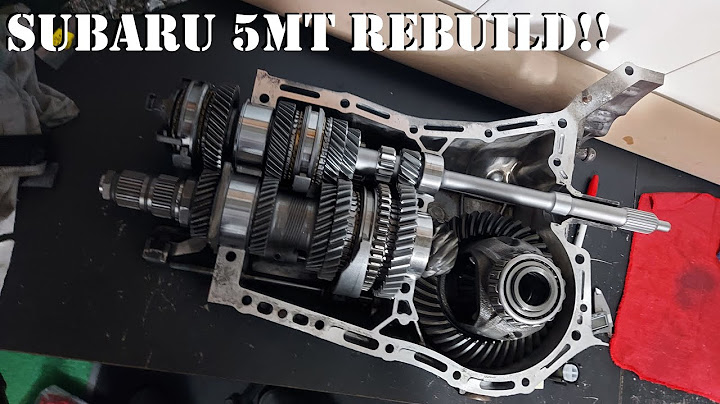SymptomsCommon problems with Audi automatic transmissions: Show
Common Problems Judder and loud bang when going from neutral to gearAudi cars from the mid-2000s with a Tiptronic transmission can experience a judder accompanied by a noticeable bang from Neutral into Reverse or Drive. In most cases, the check engine light will go on, and there will be a P0706 code stored. Possible causes
Clutch slip and RPM oscillations in 4th and 5th gearWhen cruising on highway speeds in 4th or 5th gear, Audi cars with Tiptronic transmission can experience something similar to clutch slippage. During this, the engine speed will go up and down by several 100 RPMs. In most cases, the check engine light will go on, and there will be a P0741 code stored. Possible causes
Grinding or rattling noise while drivingAudi cars with a Tiptronic transmission can suffer from a grinding noise that may be present when the car is in 'drive.' This may happen when it is started cold and may go away as it warms up or can be present all the time. The frequency of the noise follows the engine speed. Possible causes
PRNDS symbol occasionally flashing, the car will not engage any gearMany cars with Audi Multitronic transmission can experience a wide range of unusual issues. As this is a continuous variable transmission, it uses a specific internal architecture, and symptoms can have different meanings. In many cases, there will be a flashing PRNDS symbol on the dashboard. In some cases, the transmission will refuse to engage any gear. Restarting the car can sometimes solve the issue. Possible causes
Hesitation when setting off and hunting during accelerationMany Audi cars with Multitronic transmission made up to 2005 suffer from lack of response, either when sitting from a standstill or when trying to accelerate. A feeling of gear-hunting and slippage accompanies this. In the initial phases, the problem will be present only when driving more aggressively. Possible causes
DSG transmission going into limp modeDSG transmission in Audi cars is a complex component that can go into limp mode. During this, it will be stuck in third gear, and the ‘PRNDS’ symbol on the dashboard will be flashing. When this happens, there will be a stored code that will help track the problem. Possible causes
Troubleshooting Audi Transmission Problems Reset Transmission Adaptation
Check Transmission Fluid LevelOne of the most common issues that cause Audi transmission problems, such as no shifting, delayed shifts, erratic shifting, or shifting at high RPMs, is low transmission fluid level. If your Audi automatic transmission has started to act up, check the transmission fluid level as soon as possible. Check Recalls / TSBCall the closest Audi dealer and check if there are any recalls or Technical Service Bulletins (TSB) for your vehicle, especially for the transmission. For the dealer to check, you will need to provide your VIN. You can also check for recalls by VIN here. Read Transmission Fault CodesThe next step in the troubleshooting process is to read the fault codes from the Transmission Control Module. These are manufacturer specific codes and can not be read with a generic OBD-II scanner. For this step, you will need an Audi VW Transmission Scanner. To reach and clear codes from the Audi transmission module is very simple.
Do Audi have transmission problems?Audi transmissions fitted to cars manufactured after mid-1995 are highly technical in operation. These transmissions can exhibit a number of typical auto trans problems. Sometimes these Audi transmissions may have electronic faults rather than requiring a mechanical overhaul.
What are the signs that your transmission is failing?Clunking, humming or whining sounds are signs of automatic transmission problems. Faulty manual transmissions will also give off loud machinelike sounds that seem to come out of nowhere. A clunking noise when you shift gears is a telltale transmission situation.
What are common problems with Audi A6?Top Audi A6 Problems. Digital Display on Instrument Cluster May Fail. ... . FSI and TFSI Engines Carbon Buildup (Intake Valves, Intake, Runner Flaps P0300 series. ... . Check Engine Light Due to Faulty Torque Converter. ... . Premature Wear in Multi-Link Suspension Components May Cause Noise.. |

Related Posts
Advertising
LATEST NEWS
Advertising
Populer
Advertising
About

Copyright © 2024 ko.wiewird Inc.


















